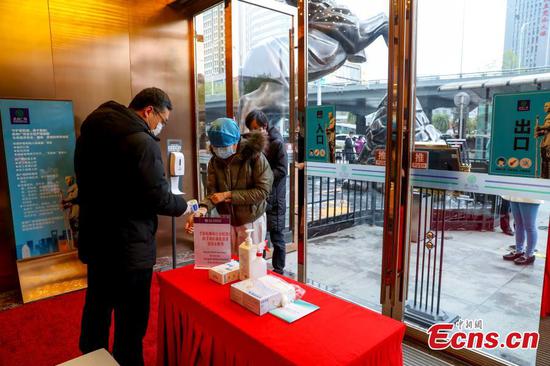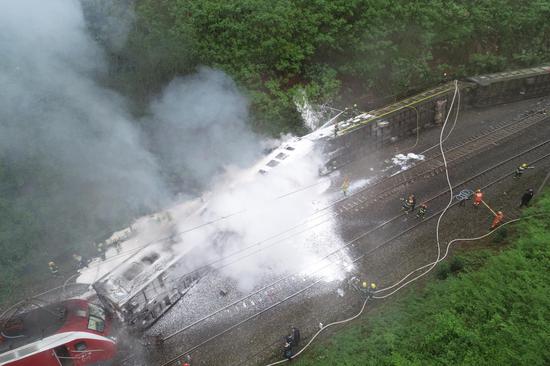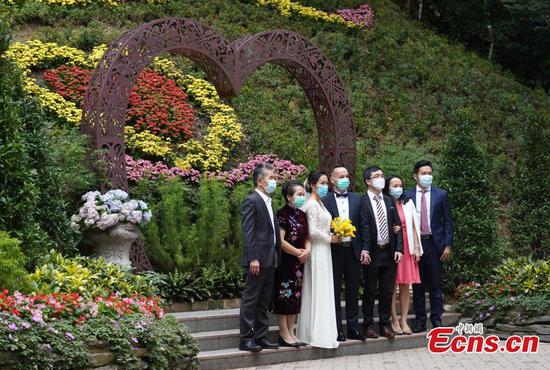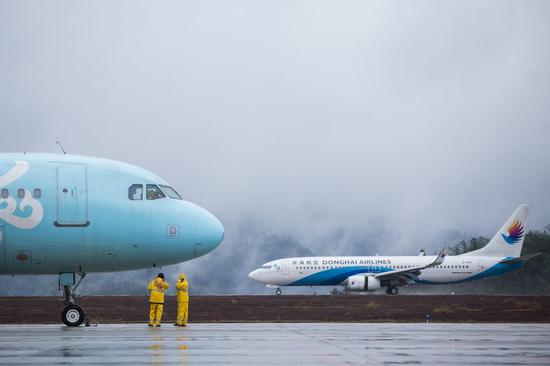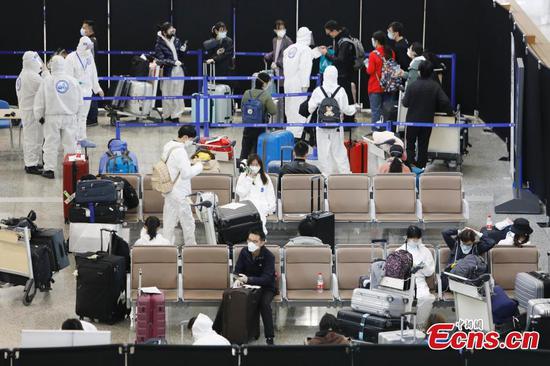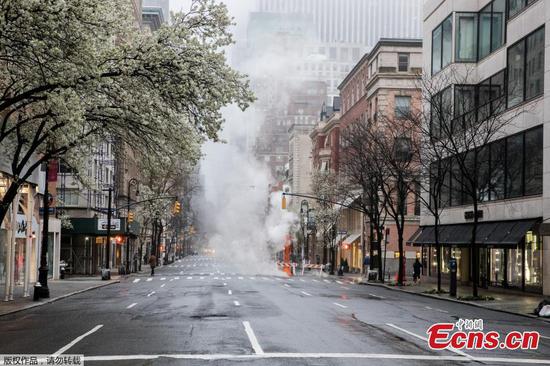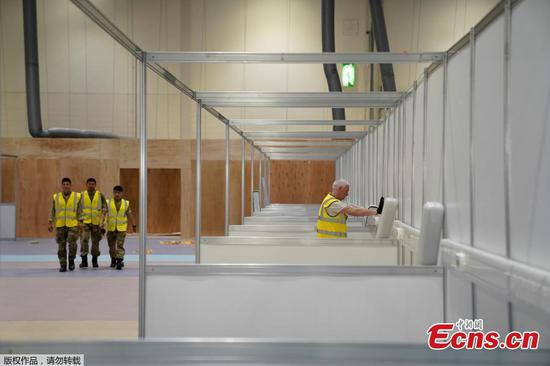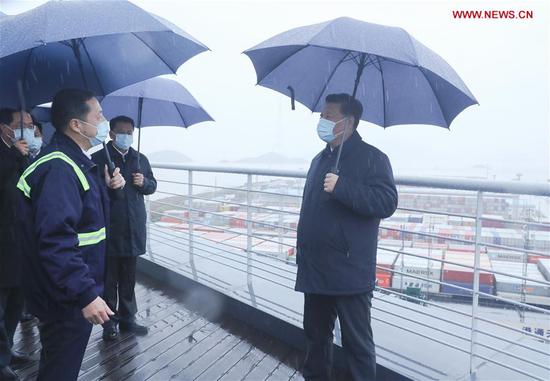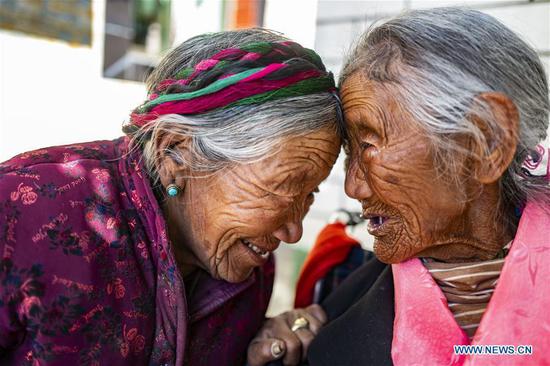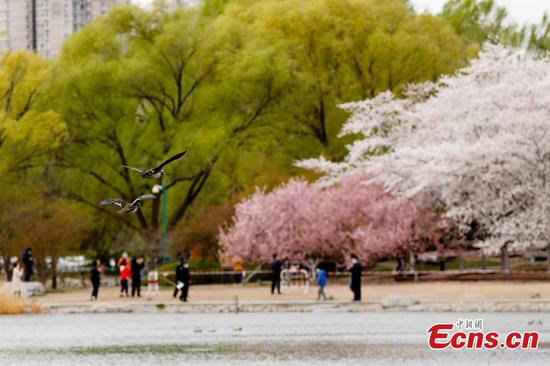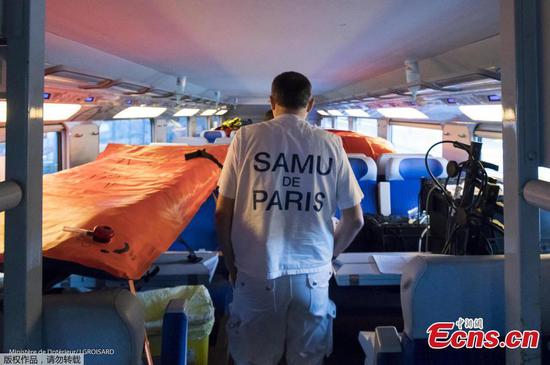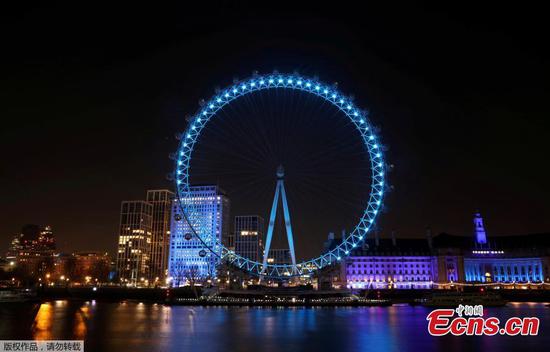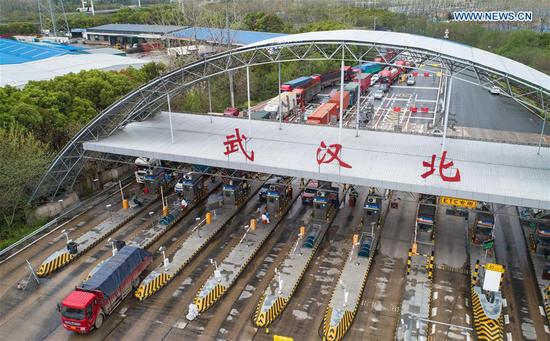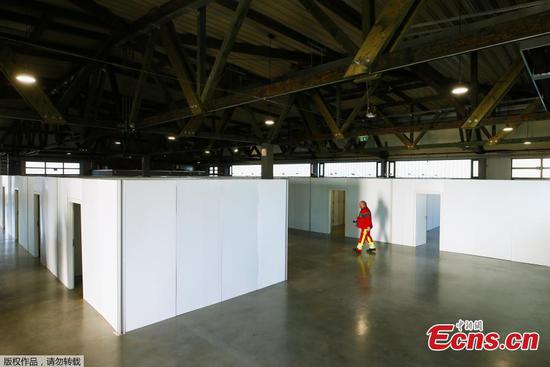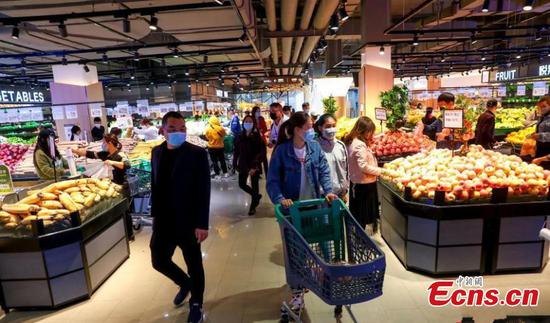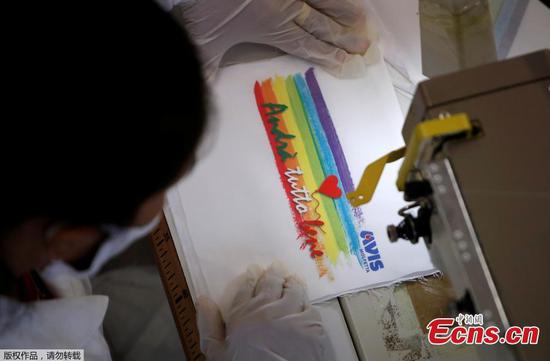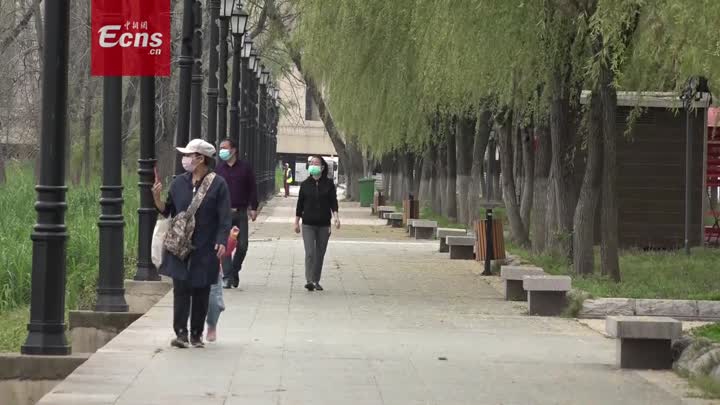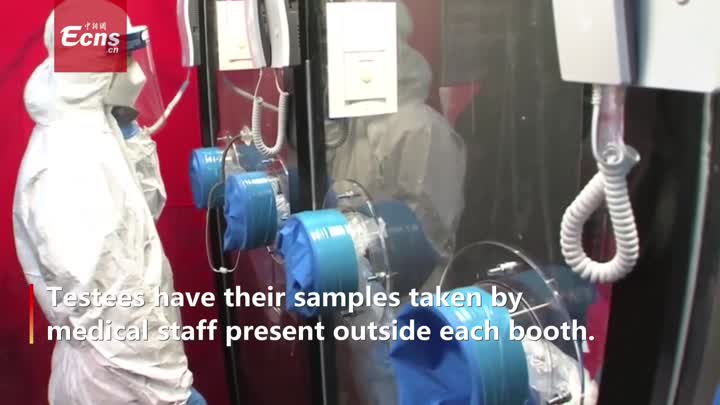China is considering more measures like liquidity injections and interest rate cuts to ease credit shortages and stimulate economic growth, analysts said on Monday.
The comments came after the People's Bank of China, the central bank, cut the interest rate on the seven-day reverse repurchase agreements to 2.2 percent from 2.4 percent, the biggest drop in five years, an indication that policymakers are considering more stimulus measures to offset any further economic slowdown due to the novel coronavirus epidemic.
The PBOC has lowered the short-term lending benchmark rate via its open-market operations for the first time since Feb 17 this year. Through the reverse repurchase agreements, the PBOC injected 50 billion yuan ($7.1 billion) of liquidity into the banking system, the central bank said in a statement.
The rate reduction followed a major policy meeting last week, which called for more aggressive countercyclical adjustments, including monetary and fiscal steps, to deal with the COVID-19 fallout.
Ma Jun, a member of the PBOC monetary policy committee, said the rate cut is an indication that the country's monetary policy has stepped into a stage of using stronger countercyclical measures. "The decision was made after evaluating the needs of domestic production resumption and the deteriorating external economic environment," he said.
Experts said the reverse repurchase rate cut will lead to a lower medium-term lending facility rate, and drive down the real lending rate for businesses, which is gauged by the one-year loan prime rate (LPR) that is due for a reset on April 20.
China still has sufficient monetary policy space and tools and is the only country that still leverages conventional monetary policy, said Ma. "The PBOC has not yet used up all of its bullets at the same time."
"We expect the authorities to urge banks to expand lending, particularly to smaller and private companies. To achieve this, more liquidity will be injected by the PBOC via both broad-based and targeted methods, such as reductions in the reserve requirement ratio and shoring up liquidity via targeted MLFs," said Bloomberg economist David Qu.
On Monday, the Chinese CSI 300 index of Shanghai-and Shenzhen-listed stocks fell nearly 1 percent, after oil prices dropped to their lowest level in nearly two decades, while the global coronavirus cases climbed above 720,000. Many of the PBOC's global peers have pledged to further ease monetary policy to maintain ample liquidity and provide financial relief to tackle the global health crisis.
The G20 leaders reached a consensus last week to use all measures, including an injection of $5 trillion into the global economy, to curb the negative impact of the virus and sustain growth.
China is also planning to raise the budgeted deficit ratio, a proportion of fiscal deficits to the GDP, and issue special sovereign debt, the first time since 2007. Local governments will also issue more special bonds compared with the amount raised last year, to increase spending mainly in infrastructure, the top-level policy meeting said.
Cutting the major rates will benefit bond issuances, enabling governments to raise cheaper funds, said analysts.
Since the outbreak, an estimated 1.3 trillion yuan, or 1.2 percent of the GDP, of fiscal measures have been approved and are being implemented by Chinese authorities, according to the International Monetary Fund (IMF). Key measures include increased spending on epidemic prevention and control, production of medical equipment, accelerated disbursement of unemployment insurance, tax reliefs and social security contribution waivers.









